Sitemaps explained and 3 tips
It helps search engines find your site more efficiently crawl and users to find the information they are looking for more easily. They are used to help crawlers and users find specific pages or types of content within a website. A sitemap is not necessary for every website, but it can be useful in certain situations. In this article, you will read more about sitemaps plus four handy tips when dealing with them.
What is a sitemap?
A sitemap contains information about the pages and other content on your website. This includes the title, URL, keywords, images and other information. Sitemaps help search engines and users find the information they are looking for more easily.
A sitemap shows the path search engines should follow through your content. It also helps users navigate your website if they use onder-enabling technology, such as a screen reader, that follows the pages in the sitemap.
What does a sitemap do?
The purpose of a sitemap is to help search engines and users understand the structure of the website and navigate the content more easily.
By providing a sitemap, search engines can better index the website and understand which pages are important and how they are related to each other. This can help improve the website's ranking in search results.
A sitemap can also help improve the user experience by making it easier to navigate through the website's content. Visitors can use the sitemap to quickly find what they are looking for and to better understand the structure of the website.
There are different types of sitemaps, such as HTML sitemaps designed specifically for users and XML sitemaps designed specifically for search engines. Creating a sitemap is an important onder part of search engine optimisation and can contribute to the visibility and usability of a website.
How to create a sitemap?
With a sitemap generator, you can select the pages of your website and then create a sitemap based on those pages. You can change the order of the links, title, and other information, and the sitemap generator will create a sitemap file in XML format that you can then upload to your website.
Where can you find the sitemap?
The location of the sitemap on a website may vary depending on how it was created and implemented. However, there are a number of ways to find a website's sitemap:
- /sitemap.xml: If a website has an XML sitemap, it can often be found at the location /sitemap.xml. This is the default location for XML sitemaps and search engines are programmed to look for this location.
- /sitemap_index.xml: For websites with multiple sitemaps, a sitemap index file can be created that references the individual sitemaps. This index file can be found at /sitemap_index.xml.
- Robots.txt: The sitemap URL can also be included in a website's robots.txt file. This file is usually located in the root folder of the website and is used by search engines to determine which pages on the site should be indexed.
- Google Search Console: Webmasters can also submit their website's sitemap through Google Search Console, which can help the website be better indexed by search engines. If you have access to Search Console, you can find the sitemap onder the Sitemaps tab.
What does a good sitemap look like?
A good sitemap is a hierarchical list of all the pages on a website, organised in a logical structure. A good sitemap is easy for search engines and users to read and understand. Here are some characteristics of a good sitemap:
- Easy to navigate: A good sitemap is easy to navigate and contains a clear and logical structure of the website.
- Include all pages: A good sitemap includes a list of all pages on the website, including pages that are difficult to find or that are not linked to other pages on the site.
- Categorisation: A good sitemap contains categories that describe the content of the website and helps users and search engines navigate through the content easily.
- Up-to-date: A good sitemap is regularly updated to reflect new pages or content on the website.
- Include metadata: A good sitemap can include metadata, such as the last date of change and priority of the page, which search engines can use to better index the website.
- Suitable format: A good sitemap should be stored in a suitable format, such as XML or HTML, depending on the type of sitemap used.
By following these features, a sitemap can ensure better website navigation and improve the findability of content by search engines and users.
3 tips for sitemaps
- Stay up to date: create a sitemap every time you update your website, so search engines can easily find and update your pages
- Keep it simple: make sure the sitemap does not contain too much information. It should contain the basic URL and title of each page, but no details that are not useful to crawlers
- If you add new pages to your site, make sure you also add them to your sitemap. Similarly, remove pages from your sitemap when you remove them from your website. With SEO migrations, it is also important to pay adequate attention to your sitemap
Curious? Get in touch!
Would you like to know more? Then also read our interesting blogs on sitemaps in Search Console and ranking higher in Google.
Looking for targeted SEO advice? Contact our SEO specialists, or check out the SEO services that we offer. Wondering what we can do for you? Then do a live Live SEO analysis and get an insight into how your site is doing, or request an immediate SEO audit to.
Share
Categories
- (Content) marketing
- AI (Artificial Intelligence)
- Analytics
- How to/DIY
- Linkbuilding
- news
- Other
- SEO tools
- Social media
- Technical SEO
Any questions?
Get in touch! :) we are happy to help you with all your SEO questions
SEO questionDon't miss it
Subscribe to our newsletter and don't miss a single SEO tip
"*" geeft vereiste velden aan









 Dutch
Dutch
 English
English